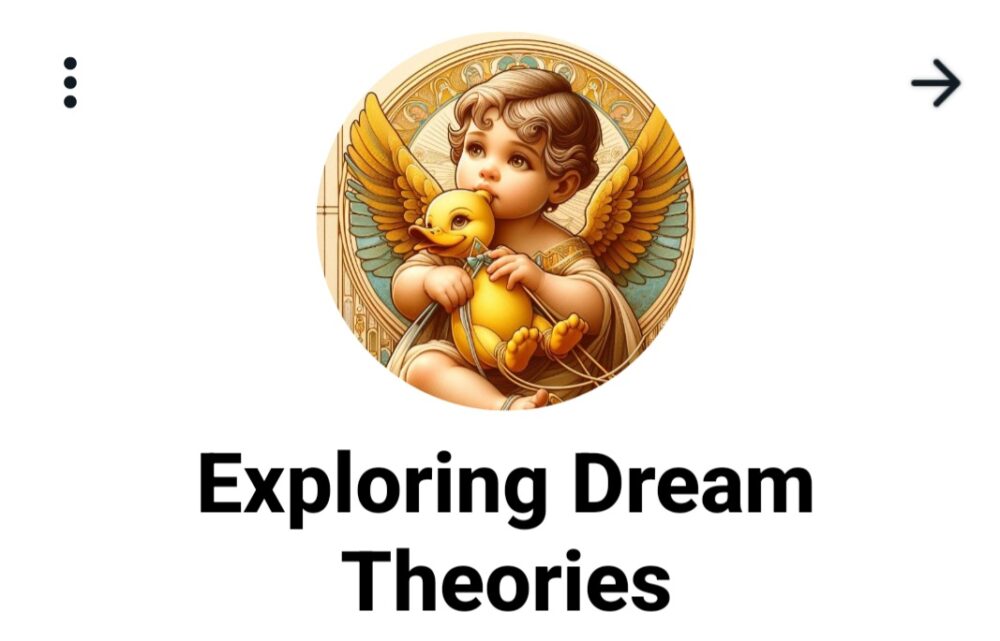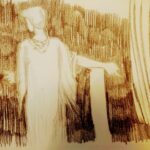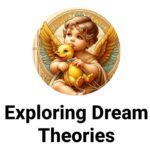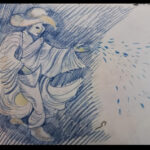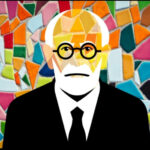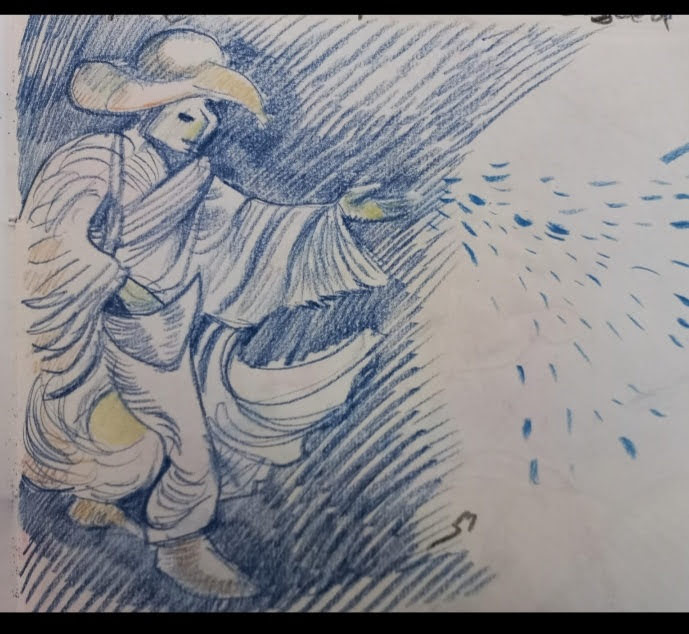The exploration of sleep disorders such as REM Behavior Disorder (RBD), narcolepsy, sleep paralysis, and hypnagogic hallucinations reveals a complex interplay between neurological processes, autoimmune reactions, and the creative depths of the human mind. These conditions not only present significant challenges for those affected but also provide valuable insights into the functioning of the brain during sleep.
It particularly highlights the concept of double consciousness, where the perception of reality coexists alongside a dream world
REM Behavior Disorder (RBD) and Its Neurodegenerative Links RBD is characterized by the failure of the brain’s mechanisms to maintain paralysis during REM sleep, causing individuals to act out their dreams. This disorder predominantly affects older adults and has been linked to an increased risk of developing neurodegenerative diseases such as Parkinson’s disease. The connection between RBD and literary figures like Don Quixote highlights a long-standing curiosity about the disorder. Research, such as the study by Postuma et al. (2023), emphasizes the predictive value of RBD for neurodegenerative diseases, suggesting that early identification of RBD could lead to potential interventions to slow or prevent the onset of these conditions.
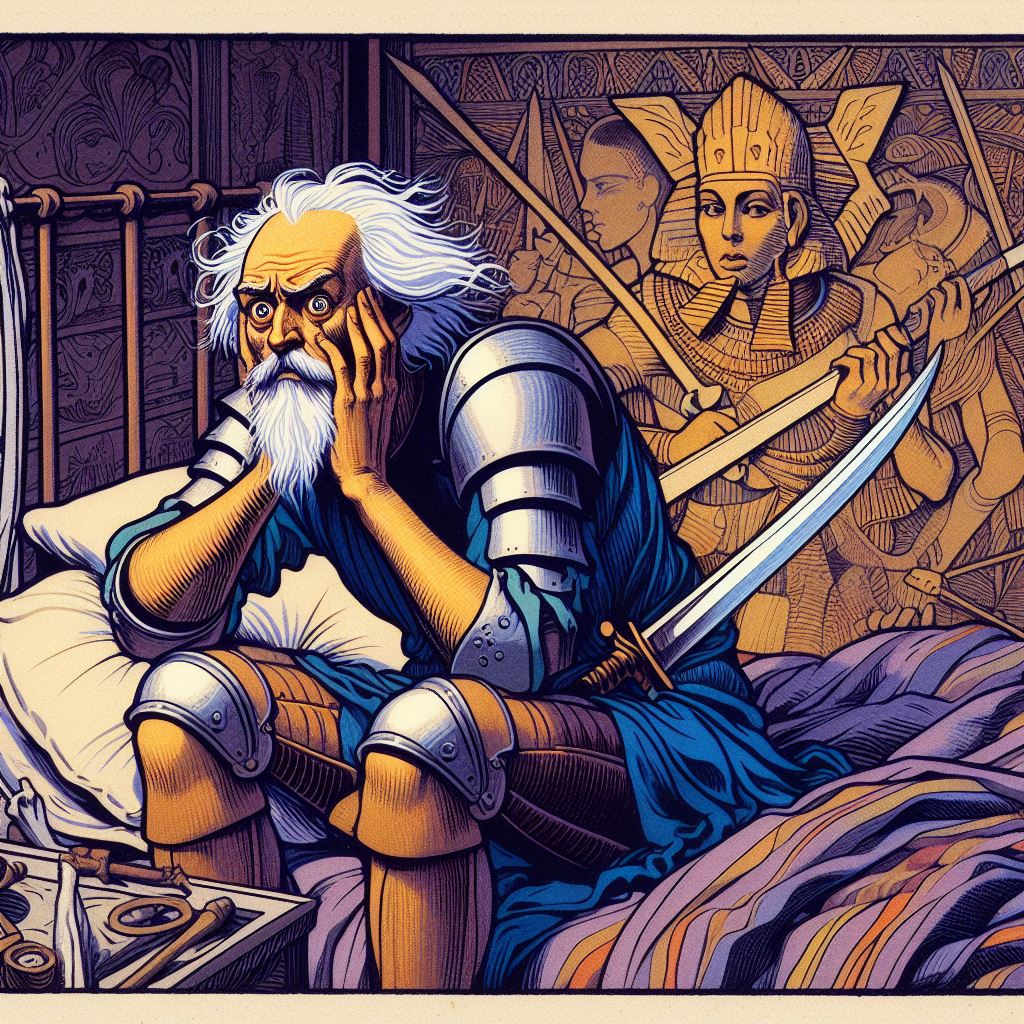
illustration with DALL·E 2
Narcolepsy and Its Autoimmune Underpinnings Narcolepsy is marked by symptoms such as inappropriate sleep paralysis and cataplexy, reflecting a malfunction in the regulation of sleep and wakefulness. The discovery of the autoimmune destruction of hypocretin-producing neurons in the hypothalamus, as discussed in research by Black et al. (2023), offers a deeper understanding of narcolepsy’s etiology. This autoimmune perspective opens new pathways for therapeutic approaches aimed at targeting the underlying causes of narcolepsy, rather than merely managing its symptoms.
Sleep Paralysis and Hypnagogic Hallucinations: A Dual Perspective Sleep paralysis, experienced by both the healthy population and more frequently by those with narcolepsy, manifests as an inability to move or speak during the transition between sleep and wakefulness. Accompanied by vivid, often unsettling hallucinations, sleep paralysis represents a disruption in the normal sleep cycle, with Jalal’s (2022) neurocognitive model suggesting a key role for disturbances in REM sleep. Hypnagogic hallucinations, on the other hand, are seen as a manifestation of the brain’s creative potential, with research by Mallett (2023) linking these experiences to creativity and altered states of consciousness. These hallucinations challenge our perceptions of reality and highlight the brain’s capacity for imagination and problem-solving.
RBD and Neurodegenerative Links:
- Reference: Postuma, R.B., et al. (2023). “Predictive Biomarkers of Parkinson’s Disease in REM Sleep Behavior Disorder.” Journal of Neurology, Neurosurgery, and Psychiatry. This study provides crucial insights into the relationship between RBD and the development of Parkinson’s disease, suggesting early diagnostic markers and potential intervention points.
- Comment: This reference is pivotal for understanding the progression from RBD to neurodegenerative diseases. It underscores the importance of early detection and the potential for preemptive therapeutic strategies, offering a hopeful perspective for at-risk individuals.
Narcolepsy and Autoimmune Insights:
- Reference: Black, J.L., et al. (2023). “Autoimmune Destruction of Hypocretin Neurons and Human Narcolepsy.” Brain Research. This paper delves into the autoimmune mechanisms behind narcolepsy, particularly targeting the loss of hypocretin neurons, and opens discussions on new therapeutic approaches.
- Comment: Highlighting the autoimmune basis of narcolepsy enriches the conversation on sleep disorders by integrating immunology with neurology. It points towards innovative treatments that could address the root cause rather than just managing symptoms.
Sleep Paralysis – A Neurocognitive Model:
- Reference: Jalal, B. (2022). “A Neurocognitive Approach to Sleep Paralysis and Hallucinations.” Current Psychology. Jalal proposes a model linking sleep paralysis with REM sleep disruptions, providing a comprehensive framework for understanding this phenomenon.
- Comment: This model is essential for connecting the psychological experiences of sleep paralysis with underlying neurological disruptions. It helps demystify the experience and suggests pathways for therapeutic intervention.
Hypnagogic Hallucinations – Creativity and Consciousness:
- Reference: Mallett, X. (2023). “Hypnagogic Hallucinations and the Creative Mind.” Journal of Creative Behavior. Mallett explores the relationship between hypnagogic hallucinations and creativity, suggesting these experiences may enhance problem-solving and artistic expression.
- Comment: This reference expands the discussion beyond the clinical implications of hypnagogic hallucinations to their potential in fostering creativity. It suggests a positive reframe of these experiences, highlighting their value in understanding human consciousness and creativity.
